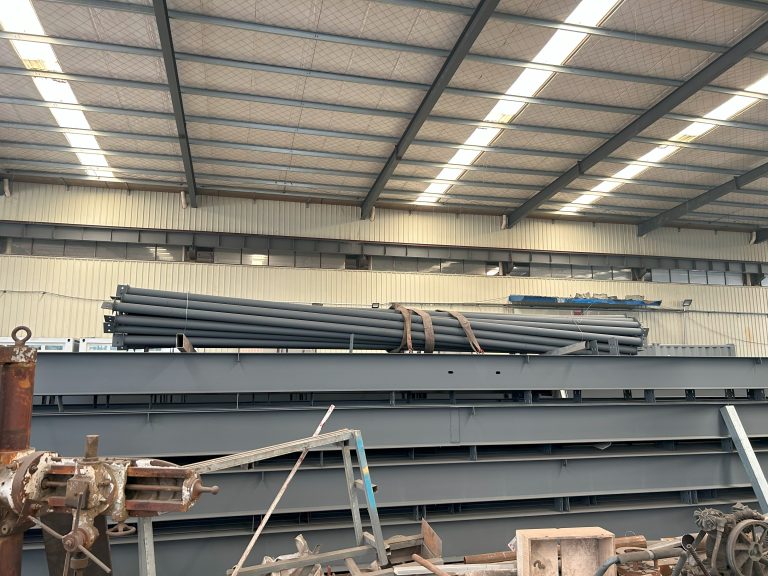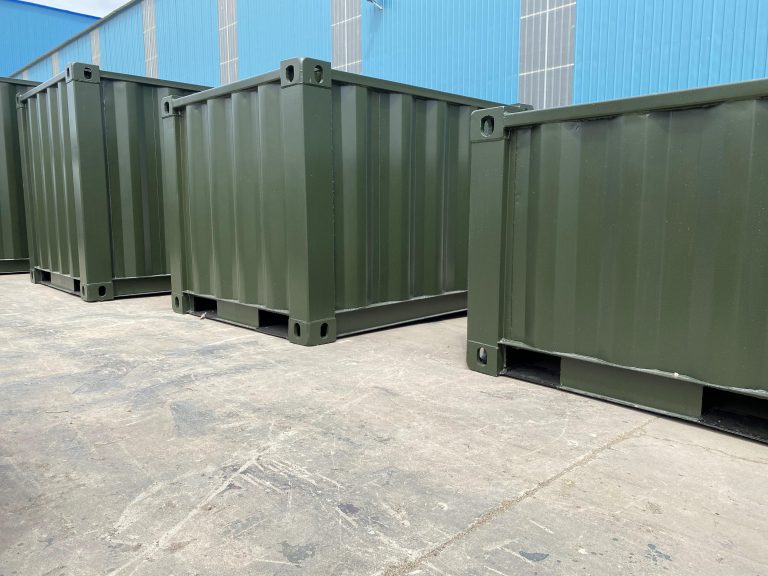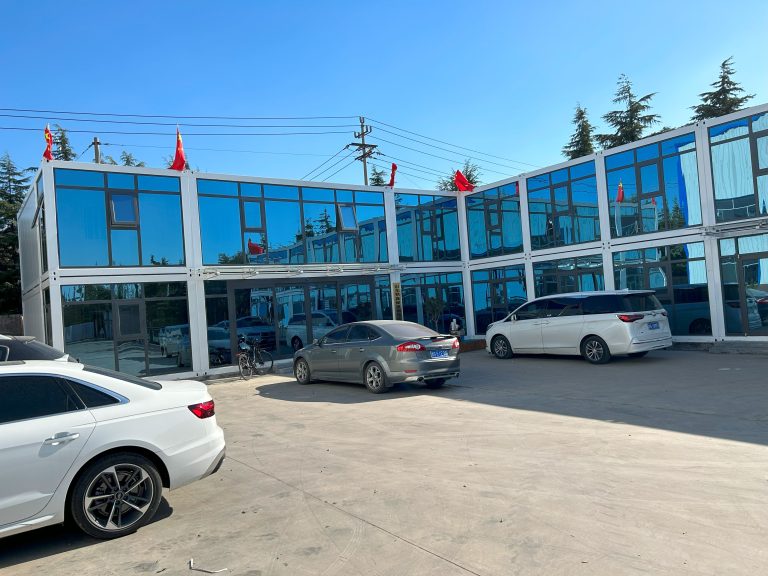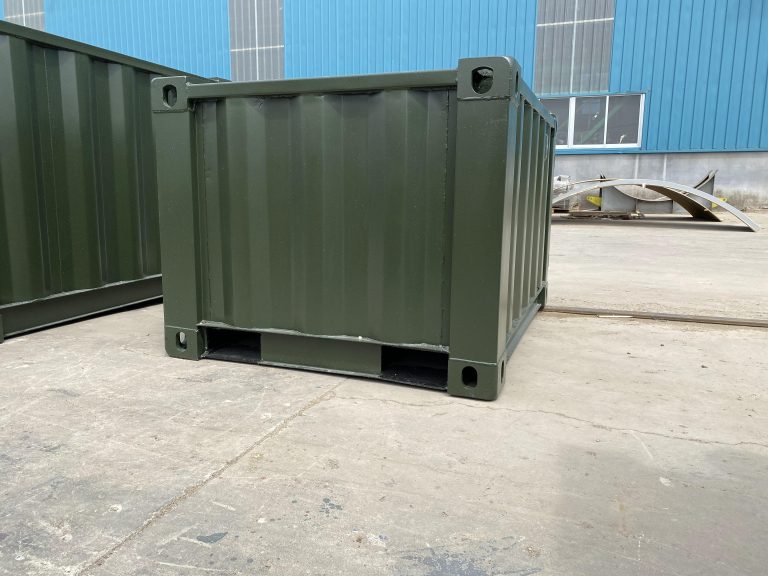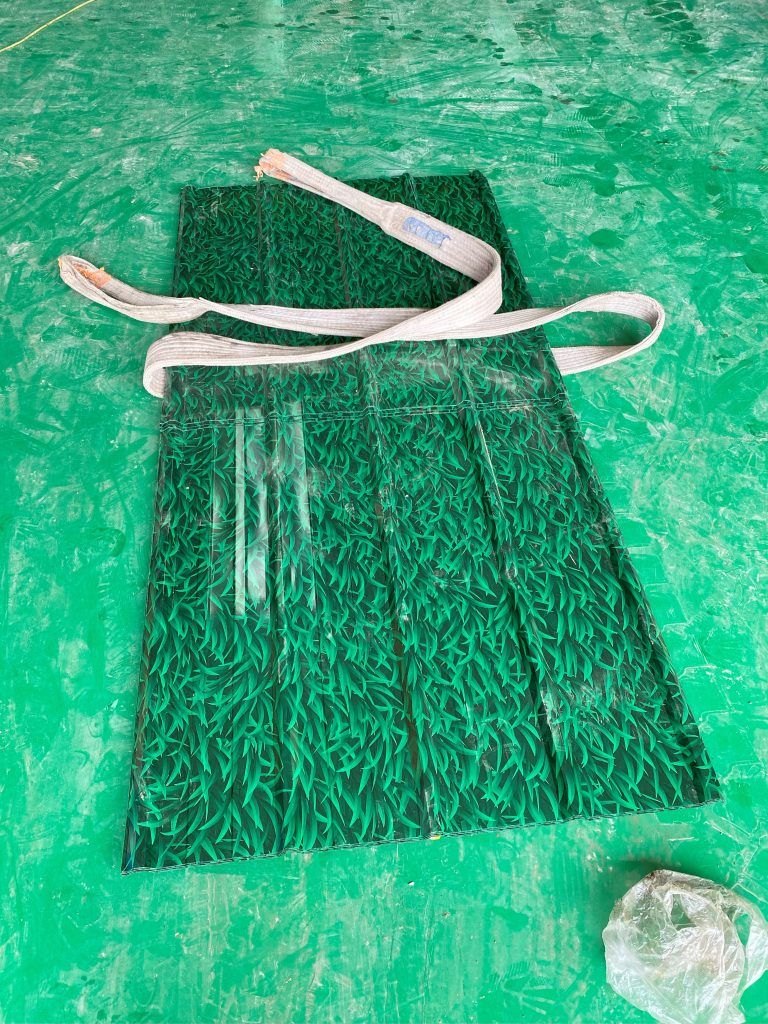The technical application of steel structure in the construction of traffic facilities.
Table of Contents
Benefits of Using Steel Structures in Traffic Facilities Construction
Steel structures have long been a popular choice in the construction industry due to their durability, strength, and versatility. When it comes to the construction of traffic facilities such as bridges, tunnels, and overpasses, steel structures offer a number of benefits that make them an ideal choice for engineers and architects.
One of the key advantages of using steel structures in the construction of traffic facilities is their strength-to-weight ratio. Steel is one of the strongest building materials available, allowing for the construction of structures that can support heavy loads without the need for excessive amounts of material. This is particularly important in the construction of bridges and overpasses, where the ability to support heavy traffic loads is crucial.
In addition to their strength, steel structures are also highly durable and resistant to corrosion. This makes them an ideal choice for traffic facilities that are exposed to the elements, such as bridges and tunnels. Steel structures require minimal maintenance and have a long lifespan, making them a cost-effective option for infrastructure projects.
Another benefit of using steel structures in the construction of traffic facilities is their versatility. Steel can be easily shaped and molded into a wide variety of forms, allowing for the creation of complex and innovative designs. This flexibility in design is particularly important in the construction of traffic facilities, where engineers must often work within tight constraints to accommodate existing infrastructure and traffic patterns.
Steel structures are also highly sustainable and environmentally friendly. Steel is a recyclable material, meaning that it can be reused and repurposed at the end of its lifespan. This reduces the environmental impact of construction projects and helps to conserve natural resources. In addition, steel structures can be prefabricated off-site, reducing construction waste and minimizing disruption to the surrounding environment.
The use of steel structures in the construction of traffic facilities also offers a number of practical benefits. Steel is a highly fire-resistant material, making it a safe choice for structures that are exposed to high temperatures. Steel structures are also resistant to pests and mold, reducing the risk of damage and deterioration over time.
In conclusion, the technical application of steel structures in the construction of traffic facilities offers a wide range of benefits. From their strength and durability to their versatility and sustainability, steel structures are an ideal choice for engineers and architects looking to create safe, efficient, and innovative infrastructure projects. By choosing steel structures, construction professionals can ensure that their traffic facilities are built to last and meet the needs of a growing population for years to come.
Innovative Steel Structure Designs for Traffic Facilities
Steel structures have long been a popular choice in the construction industry due to their durability, strength, and versatility. In recent years, there has been a growing trend towards using steel structures in the design and construction of traffic facilities such as bridges, tunnels, and overpasses. The technical application of steel structures in these projects has allowed for innovative designs that not only meet the functional requirements of these structures but also enhance their aesthetic appeal.
One of the key advantages of using steel structures in the construction of traffic facilities is their ability to span long distances without the need for additional support columns. This allows for the creation of sleek and modern designs that are not only visually appealing but also help to reduce the overall footprint of the structure. Steel structures are also highly resistant to corrosion and can withstand extreme weather conditions, making them an ideal choice for traffic facilities that are exposed to the elements.
In addition to their durability and strength, steel structures are also highly customizable, allowing for the creation of unique and innovative designs. This flexibility in design has led to the development of some truly impressive steel structures in the construction of traffic facilities. For example, the use of curved steel beams in the construction of bridges and overpasses can create a sense of fluidity and movement, adding a dynamic element to the structure.
Another innovative application of steel structures in traffic facilities is the use of prefabricated steel components. Prefabrication allows for the rapid assembly of steel structures on-site, reducing construction time and costs. This method of construction also minimizes waste and disruption to the surrounding environment, making it a more sustainable option for the construction of traffic facilities.
The technical application of steel structures in the construction of traffic facilities also extends to the use of advanced engineering techniques. Computer-aided design (CAD) software allows engineers to create complex and intricate designs that would be difficult or impossible to achieve using traditional construction methods. This level of precision and accuracy ensures that steel structures are built to exact specifications, resulting in structures that are not only visually stunning but also highly functional and safe.
Furthermore, the use of steel structures in traffic facilities allows for the integration of advanced technology and smart design features. For example, sensors and monitoring systems can be incorporated into steel structures to provide real-time data on the condition of the structure, allowing for proactive maintenance and repair. This level of connectivity and intelligence in steel structures helps to ensure the safety and longevity of traffic facilities for years to come.
In conclusion, the technical application of steel structures in the construction of traffic facilities has revolutionized the way these structures are designed and built. The durability, strength, and versatility of steel make it an ideal choice for traffic facilities that require long spans, innovative designs, and advanced engineering techniques. By embracing steel structures in the construction of traffic facilities, engineers and designers are able to create structures that not only meet the functional requirements of these facilities but also push the boundaries of design and innovation. The future of traffic facilities is bright with the continued use of steel structures in their construction.


